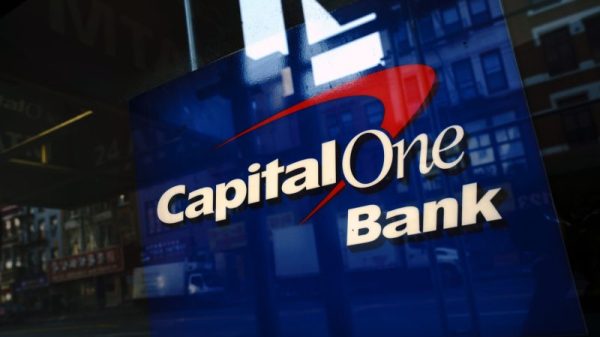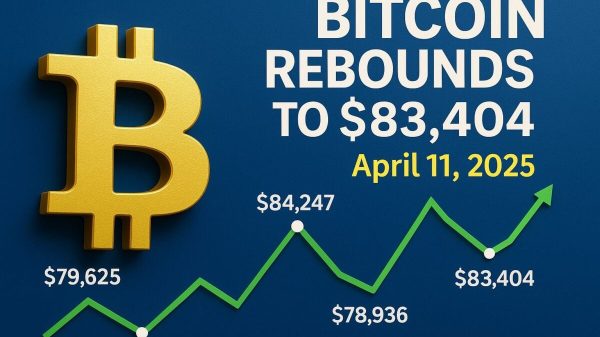Credit card companies are hiking rates to record highs to pad their profits, according to a government report released Thursday.
The share of annual percentage rates (APR) that reflects what card companies charge beyond their own lending costs has nearly doubled in the last decade, an analysis by the Consumer Financial Protection Bureau finds. That cost borrowers an estimated $25 billion in 2023 alone, the watchdog agency said.
The average credit card APR has swelled from 22.8% in 2023 to about 12.9% in late 2013, according to the bureau. Those rates are at their highest level since the Federal Reserve started gathering data, and so are the profit margins credit card companies have generated from them.
The average APR margin — the share of interest rates card issuers charge beyond the “prime” rate, which generally covers their basic funding costs — has climbed to 14.3%, from 9.6% a decade ago, the CFPB report said.
The researchers estimated an average borrower with $5,300 in credit card debt would’ve paid at least an extra $250 last year thanks to that “excess” margin.
“This additional interest burden may push consumers into persistent debt, accruing more in interest and fees than they pay towards the principal each year — or even delinquency,” the report said.
The CFPB analysis arrives days after Capital One announced plans to acquire Discover Financial for $35.3 billion, drawing bipartisan opposition and concerns from consumer advocates. The new report, which said credit cards are far more profitable for financial firms than many of their other products and services, also comes a week after separate CFPB findings that the biggest lenders tend to charge steeper rates than smaller ones.
The agency has pointed to its research to suggest that industry consolidation risks harming consumers by driving up costs and reducing their options. The top 30 credit card companies make up an estimated 95% of Americans’ credit card debt, according to BTIG, a financial services firm.
“This timely report provides clear evidence to show how credit card companies aren’t just covering their costs — they are applying an additional ‘greedflation charge,’” Adam Rust, director of financial services for the Consumer Federation of America, said in a statement.
The Consumer Bankers Association, a trade group, slammed the CFPB’s findings and allegations that the industry isn’t competitive.
“The CFPB continues to double-down on its false narrative about the state of competition in the credit card market,” the association’s president and CEO, Lindsey Johnson, said in a statement Thursday.
“Try naming any other market that has 10 major participants: 10 auto manufacturers; 10 cellphone manufacturers; 10 internet service providers; 10 pizza delivery chains — much less 4,000 options that consumers can obtain by visiting a website on their smartphones,” she said.
It isn’t just consumers who have been squeezed by the Fed’s interest rate hikes, Bankrate Chief Financial Analyst Greg McBride pointed out. Lenders face higher borrowing costs, too, and “have to price for risk,” he said; their growing APR margins reflect that. Rising credit card delinquencies, which are at their highest level since 2012, are another “factor in why margins are as high as they are right now,” he said.
Both McBride and the CFPB report pointed to a 2009 law as a key source of the margin increases: The CARD Act’s reforms around back-end pricing motivated card issuers to account for risky borrowers up front, they said.
Some experts said card issuers could face growing scrutiny over their APR-setting practices, especially after lenders’ recent changes to overdraft policies have cut into their revenue. The three largest retail banks collected 25% less in overdraft fees last year ahead of a new CFPB proposal to overhaul them.
In the meantime, many cardholders remain under pressure. In a Bankrate survey released Thursday, more than a third of American households (36%) said they had more credit card debt than emergency savings. That’s the highest level since the poll was launched in 2011, with younger consumers more likely than older ones to have more card debt than funds stashed away.
“Financing purchases at 20% interest rates is a sign of the financial strain millions of households are feeling,” McBride said of the survey results.


































